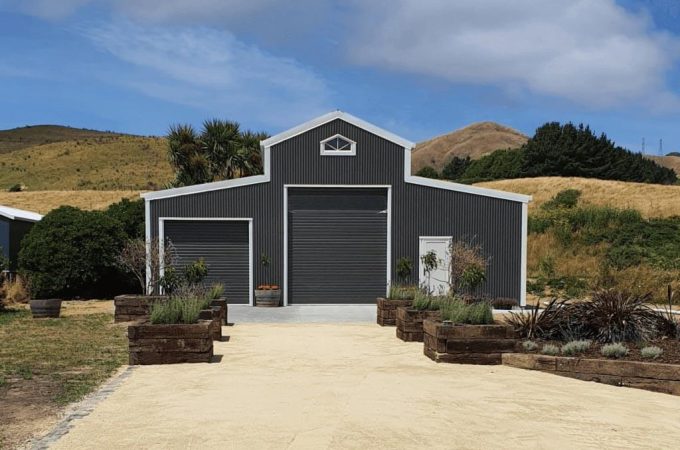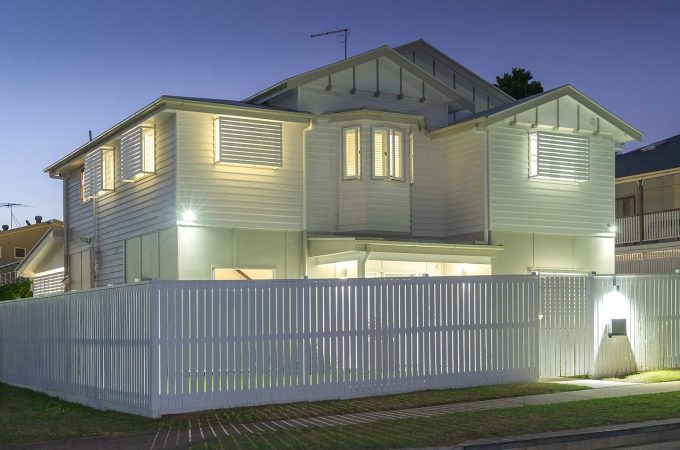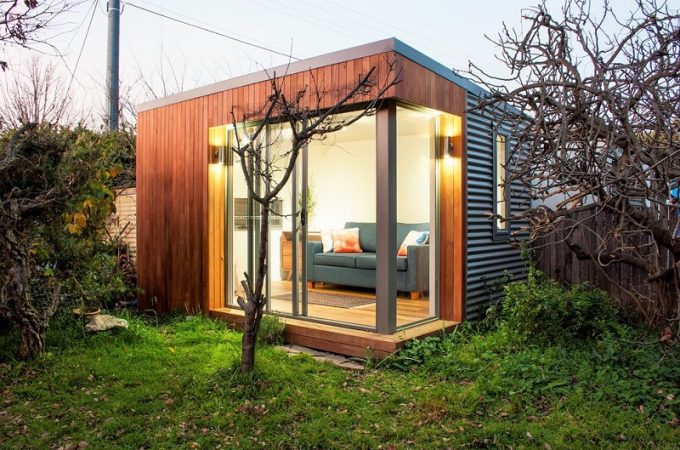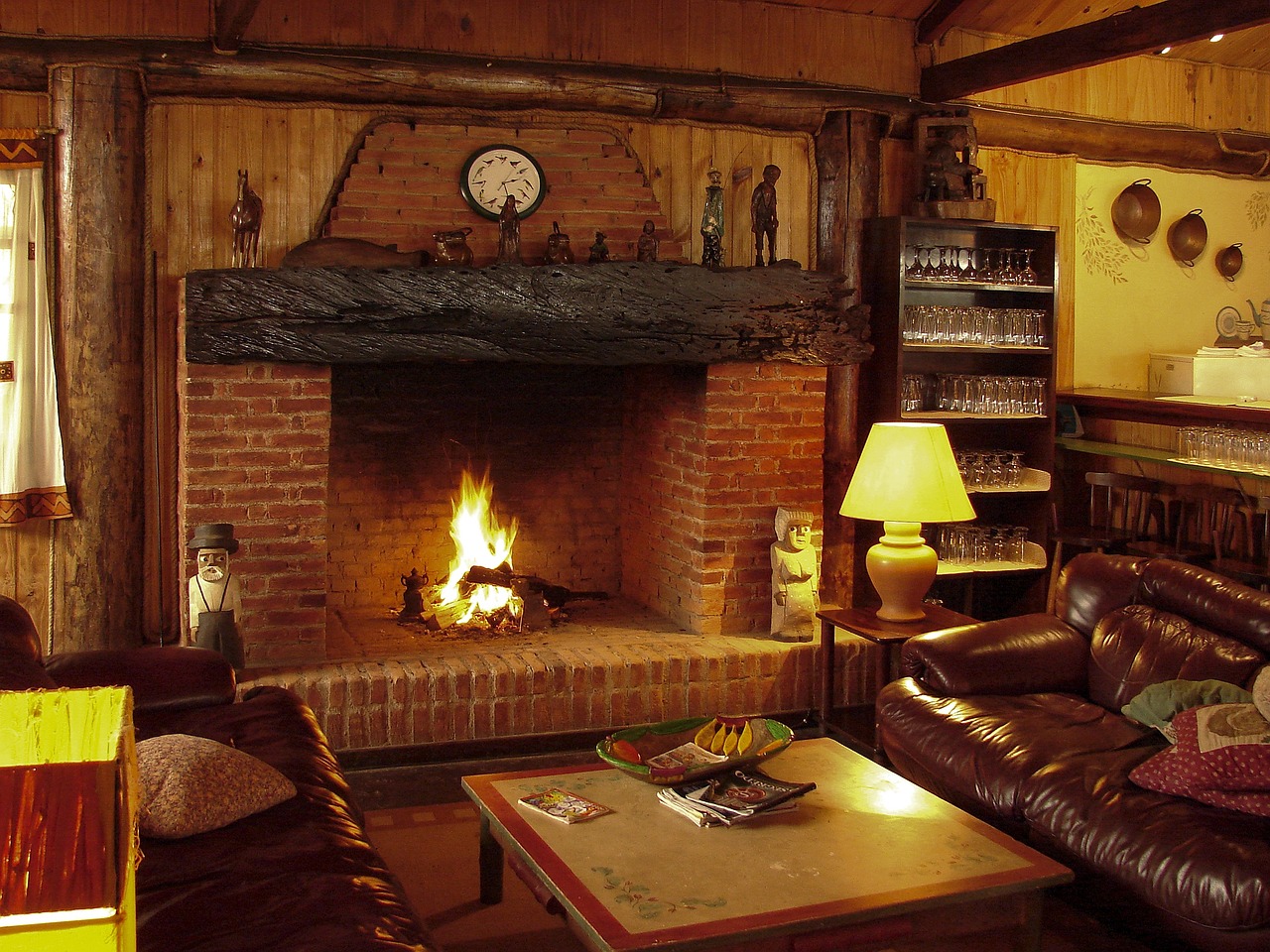
The Architectural Evolution of Fireplaces Throughout the Ages
Introduction:
Should we pause for a moment and reflect on how every home, no matter its architectural aesthetic, is enriched by a fireplace? Why should we take the time to understand the evolutionary story etched in the warm corners of our living rooms? Why is it revitalizing to sit around a fire, whether it’s gathering warmth on a cold wintry night, or simply savoring its glow at the end of a long day?
Fireplaces have indeed become an integral part of our homes, a central aspect often seen as synonymous with comfort and warmth. From being a basic utility element in the early ages, fireplaces have evolved into a multifaceted design element bearing the signature of cultural paradigms and architectural advancements.
In this blog post, we trace the architectural evolution of fireplaces, diving into the intricate workings of their design, functionality, and aesthetics – exploring how they have evolved over time, and what they might look like in the future.
From Stone Hearths to Artistic Centerpieces: The Prehistoric Era to the Medieval Age
Around four million years ago, humans first discovered fire, using it for warmth and cooking. Crude fireplaces from this age were nothing more than a hole in the ground, or a basic stone hearth. Fast forward to the medieval period, fireplaces became larger and more functional, often taking center stage in the architectural grandeur of castles and manor homes.
This transition from utility to grandeur marked a significant turn in the architectural evolution of fireplaces. They transformed from bare necessities into elaborate structures that became an integral part of the home’s living space. The fireplace began to represent status, style, and warmth – both literally and figuratively.
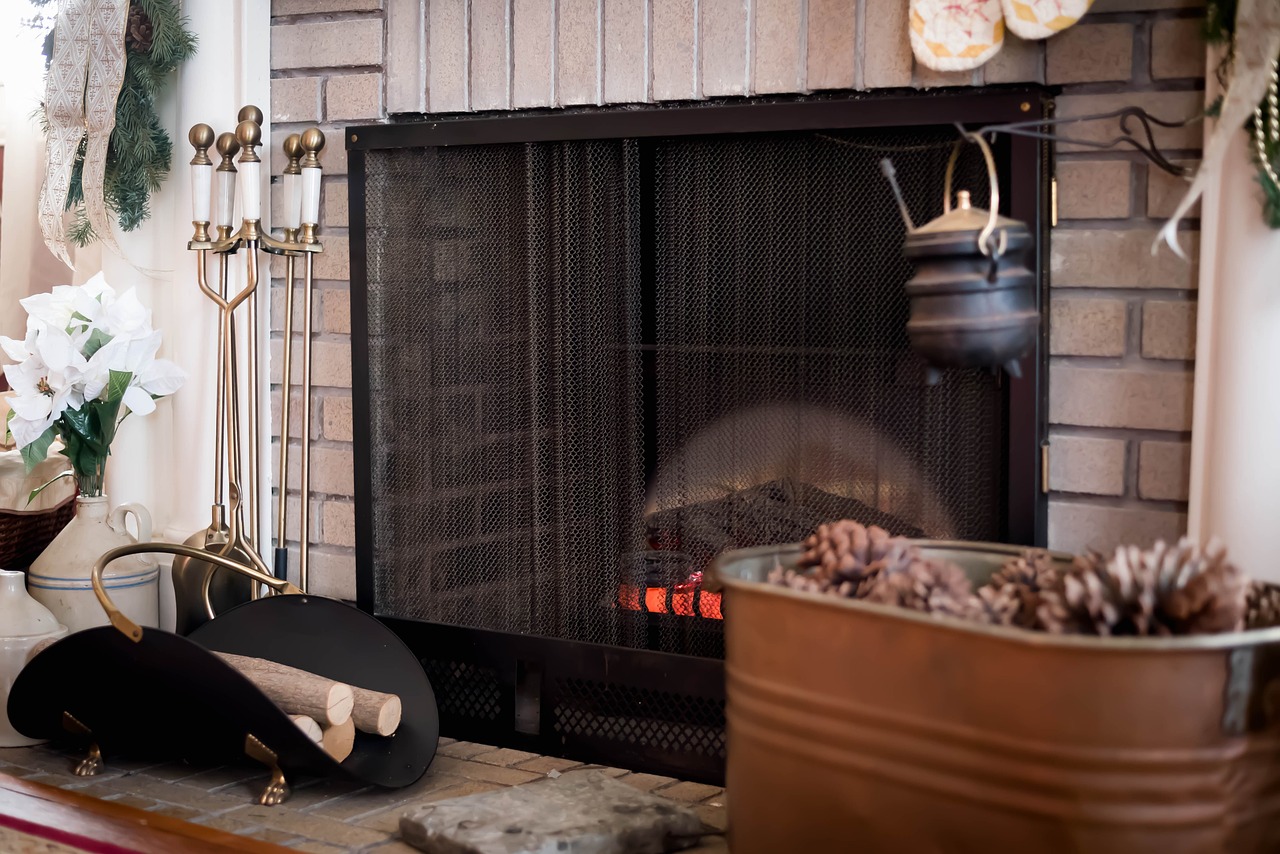
Herald of the Industrial Revolution: Fireplaces of the Victorian Era
With the advent of the Industrial Revolution in the 18th and 19th centuries, the manufacturing process of fireplaces was revolutionized. The Victorian era saw grand mantels, decorated with intricate carvings and draped with lush fabrics in deep, rich hues symbolizing the wealth and status of the homeowners.
Fireplace designs also varied depending upon the room’s function with drawing rooms boasting more ornate designs while bedrooms utilized plainer ones. This section in the evolution narrative was a doorway to an era of customized fireplaces where individual tastes started to reflect in design elements.
Fireplaces Today: Fusing Aesthetics With Technology
From ancient holes in the ground to modern electric and gas fireplaces, the journey of these magical heat sources has been both diverse and exciting. Contemporary fireplaces have pushed the envelope in terms of integrating aesthetics with technology.
Today’s fireplaces are versatile and come with remote controls, built-in fans, and even eco-friendly features that reduce carbon emissions. Architects are now blending traditional elements with modern designs to create fireplaces that are both functional and decorative.
The Future: Eco-friendly Fireplaces
With increasing awareness around sustainable living, the future of fireplaces lies in eco-friendly options including bioethanol and electric. These innovative designs are not only energy efficient but are also optimized for minimal emission and easy maintenance. The architectural designs are focusing increasingly on integrating eco-conscious options with high-end aesthetic elements.
Conclusion:
The architectural evolution of fireplaces is a testament to mankind’s ingenious blend of necessity, innovation, and aesthetic sensibilities. They have transformed from rudimentary survival tools to artistic centerpieces and sustainable modern features.
As we move forward, there’s no doubt that the fireplace will continue to hold its place in the architectural lore of our homes, marrying art and function to create spaces that are warm, inviting, and reflective of our evolving relationship with nature.
Indeed, a fireplace is more than just an aspect of home design. It represents the journey of architecture, mirroring our societal transformations, technological advancements, and our constant effort to create not just houses, but homes imbued with warmth, comfort, and beauty.



